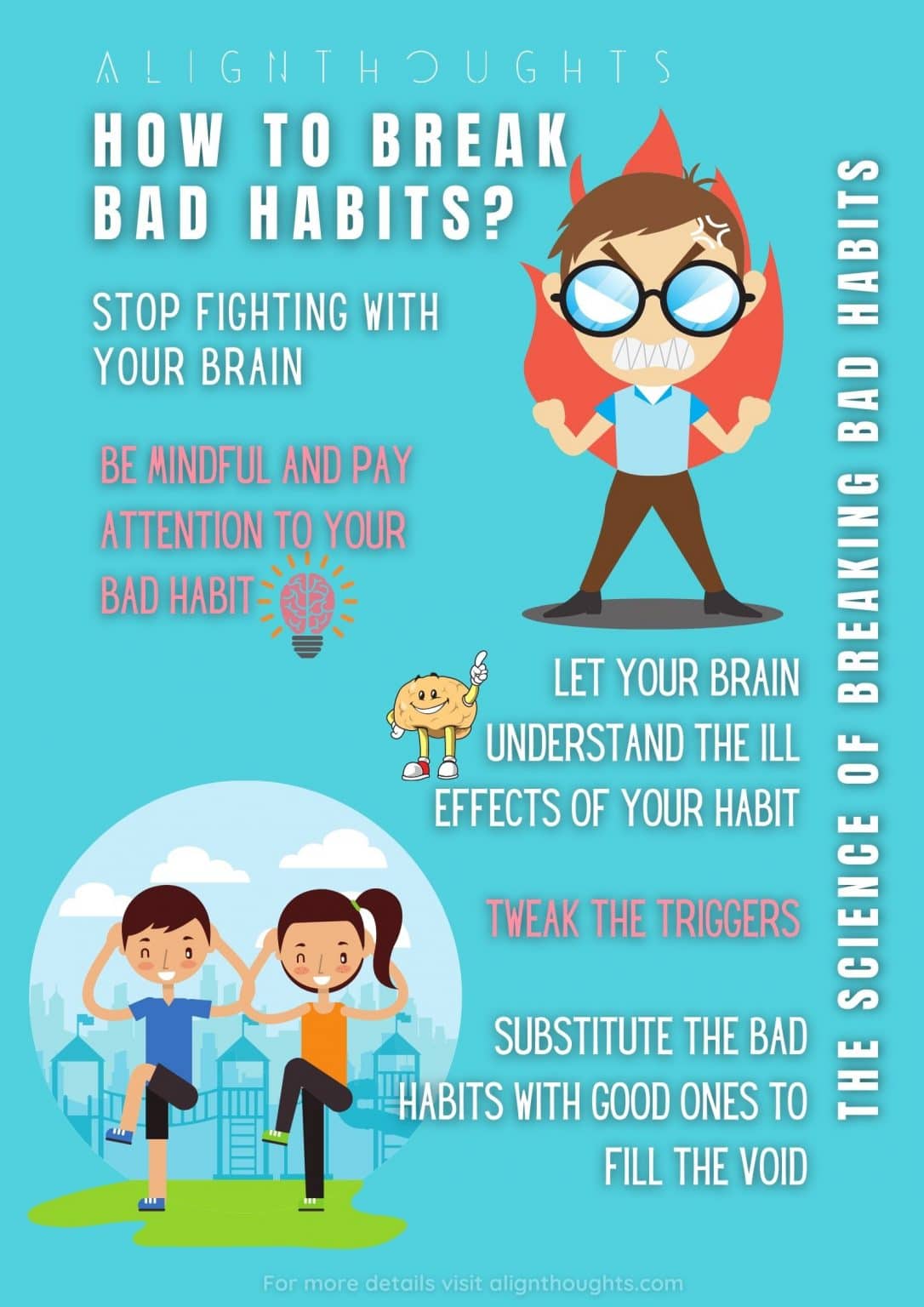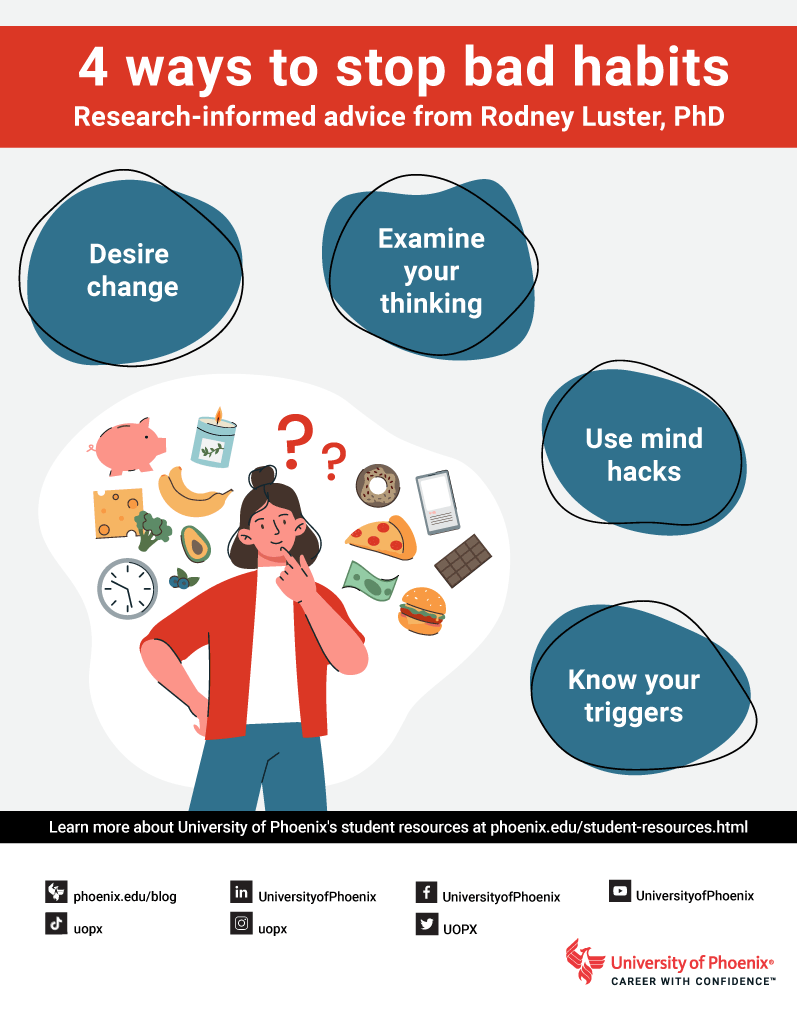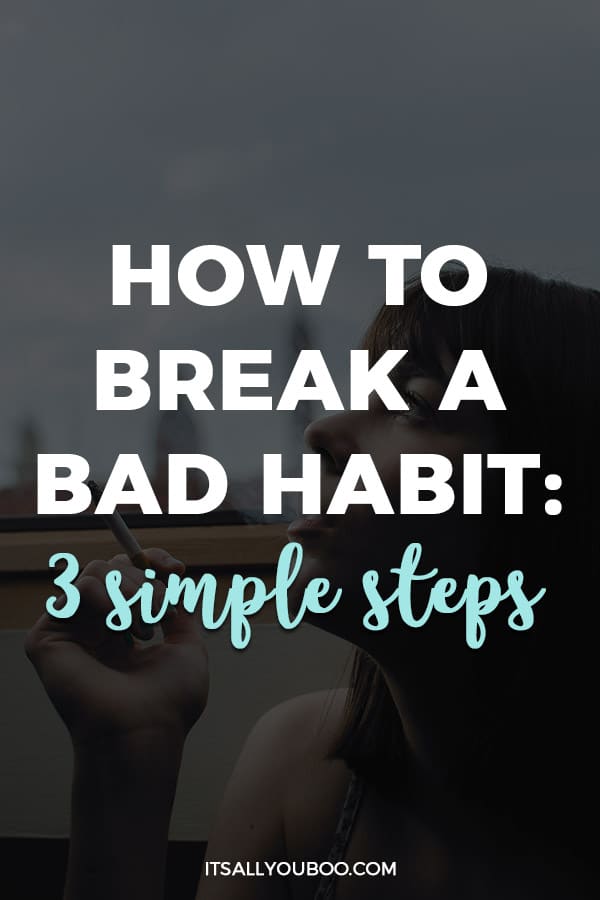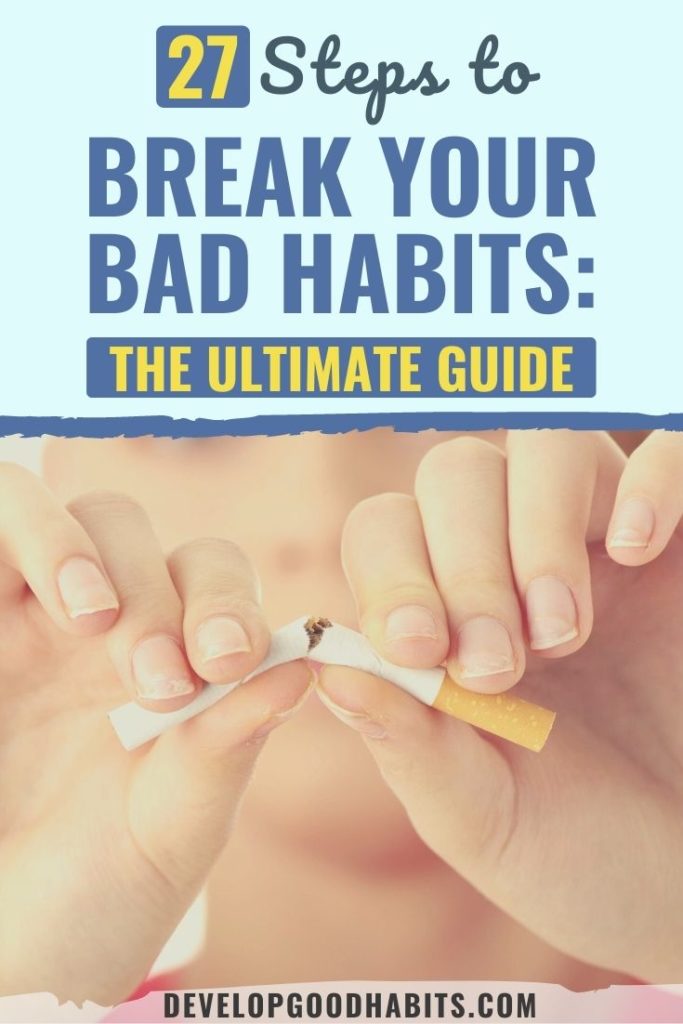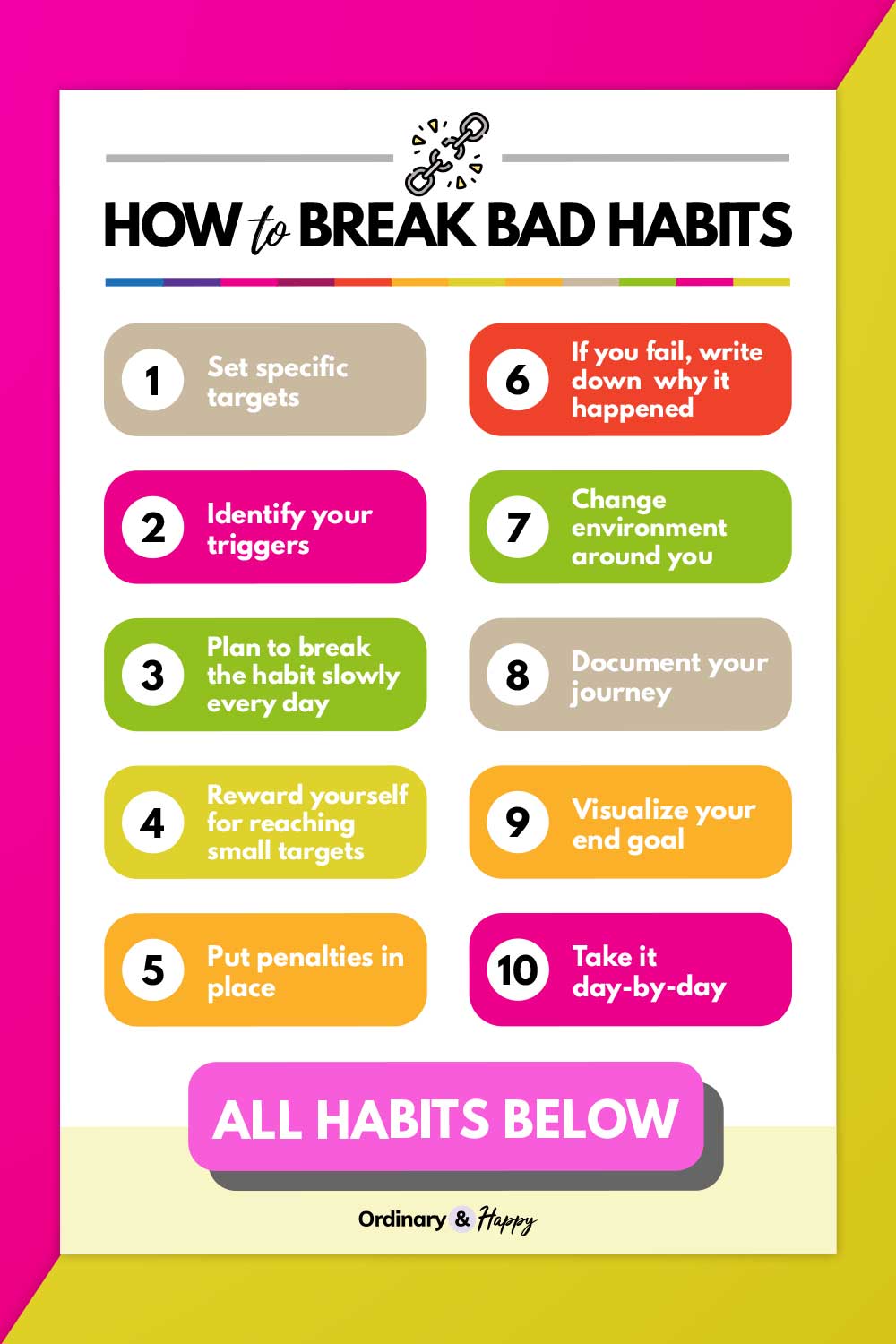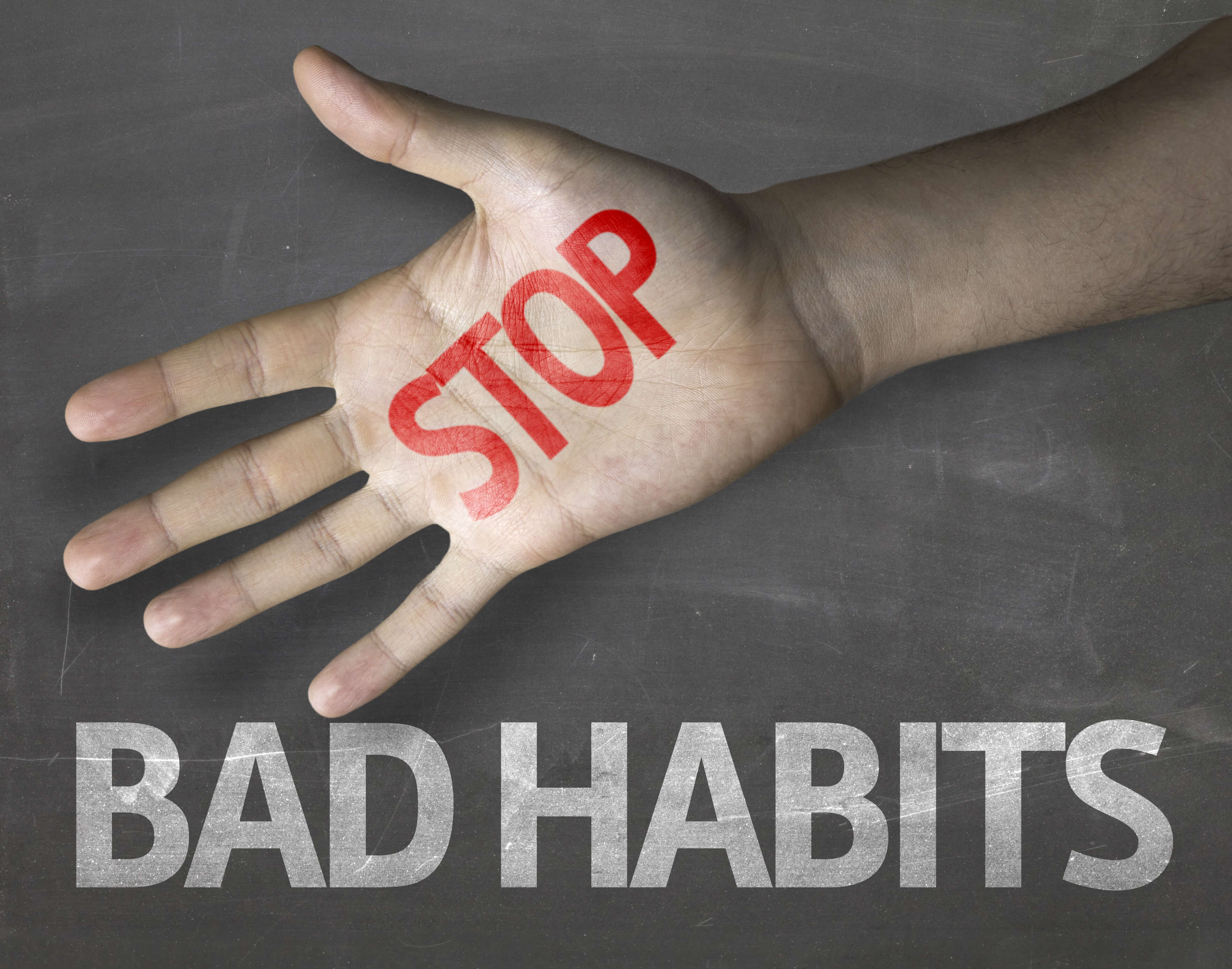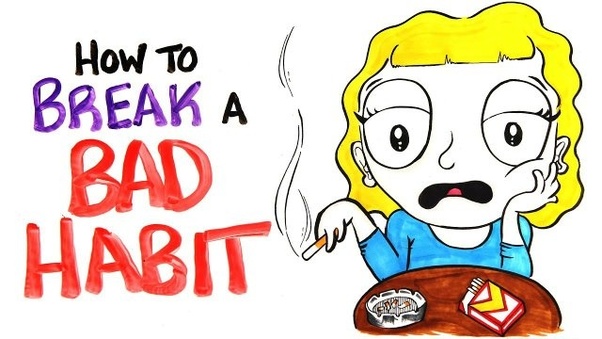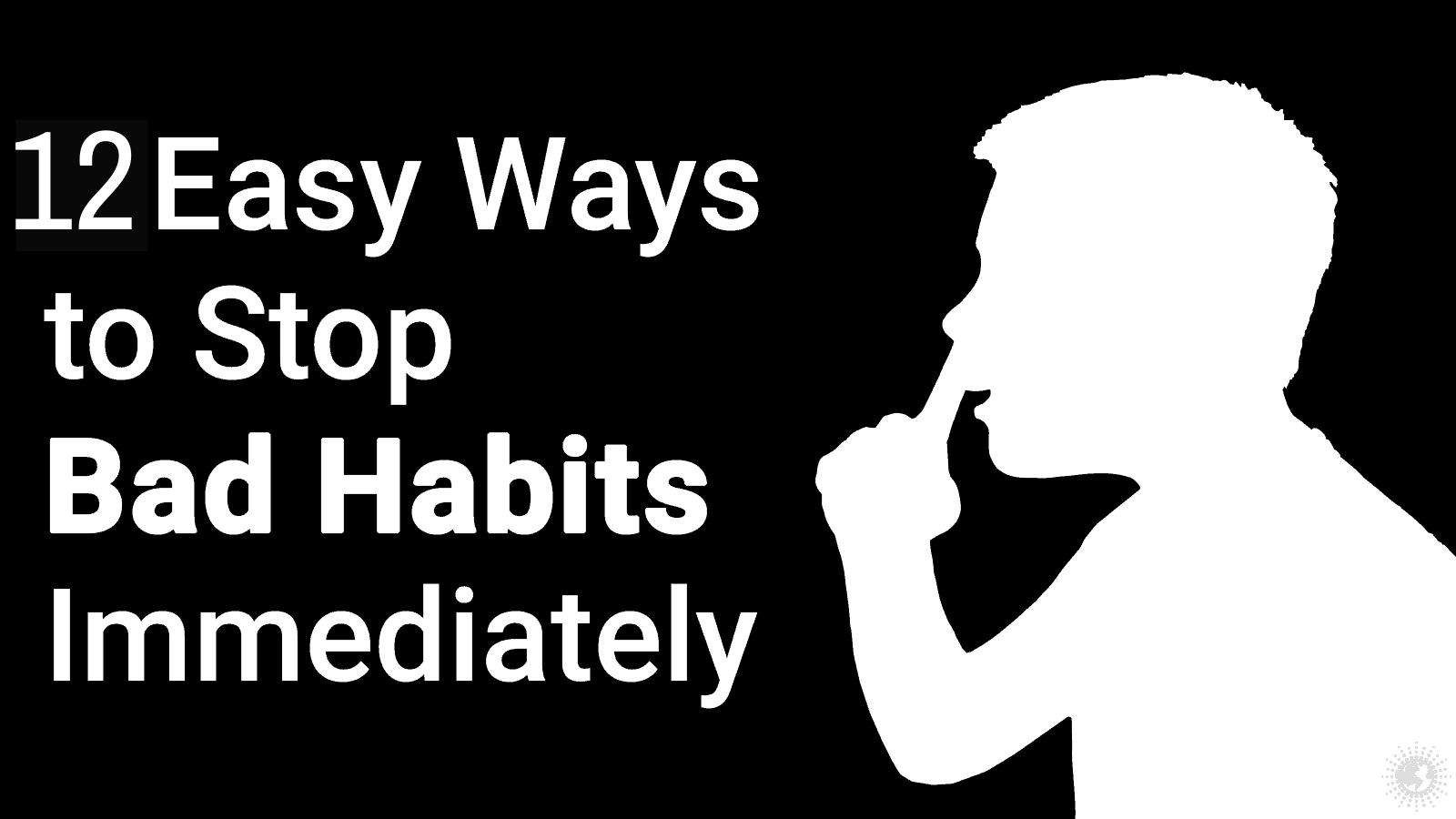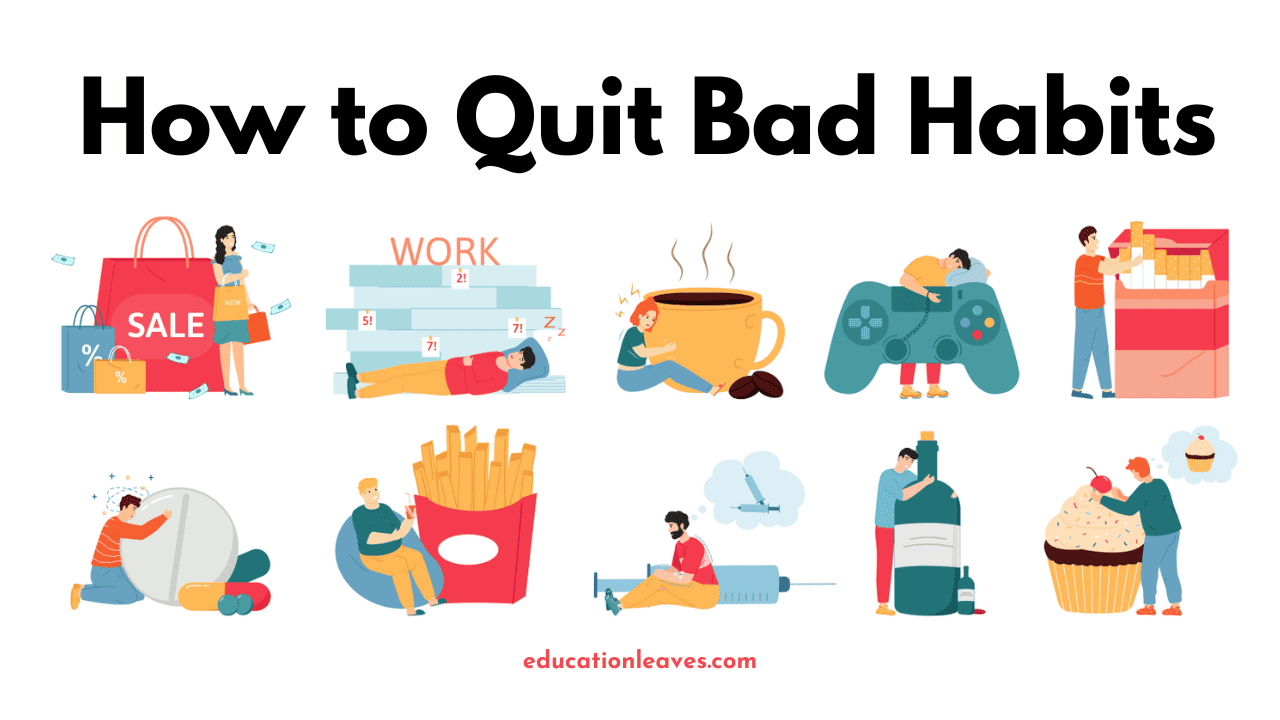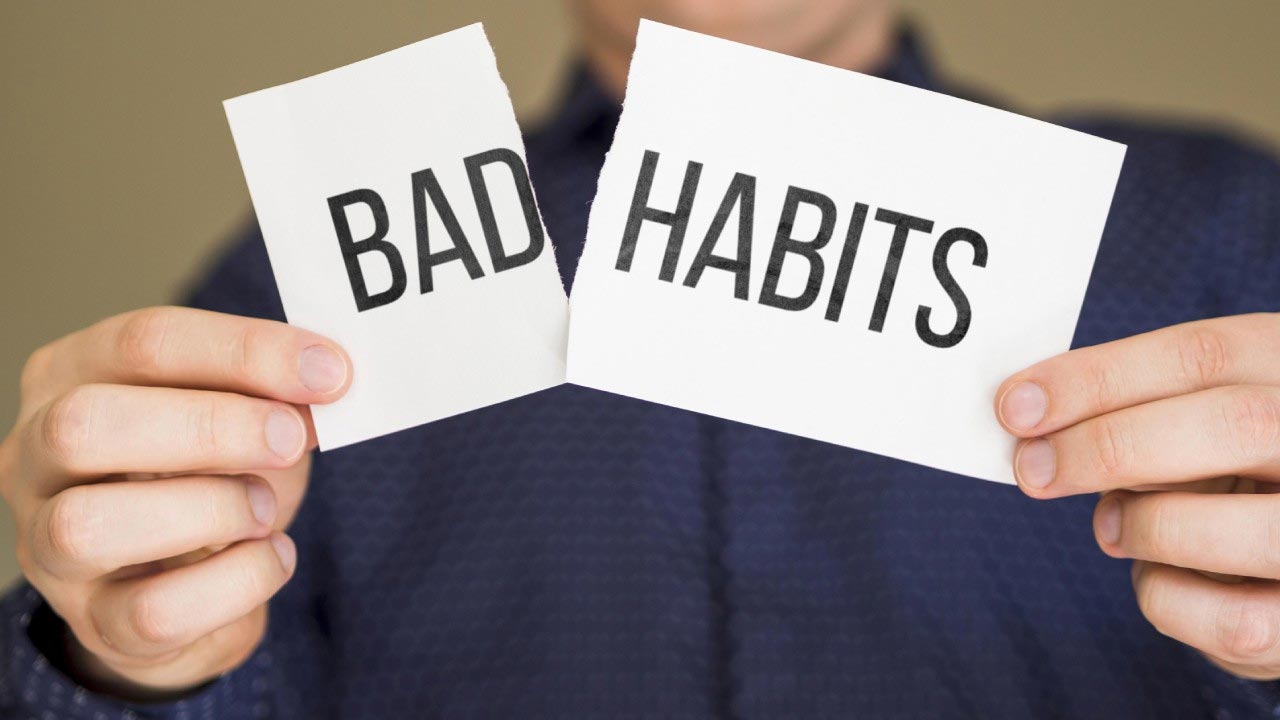How To Stop Yourself From Doing A Bad Habit
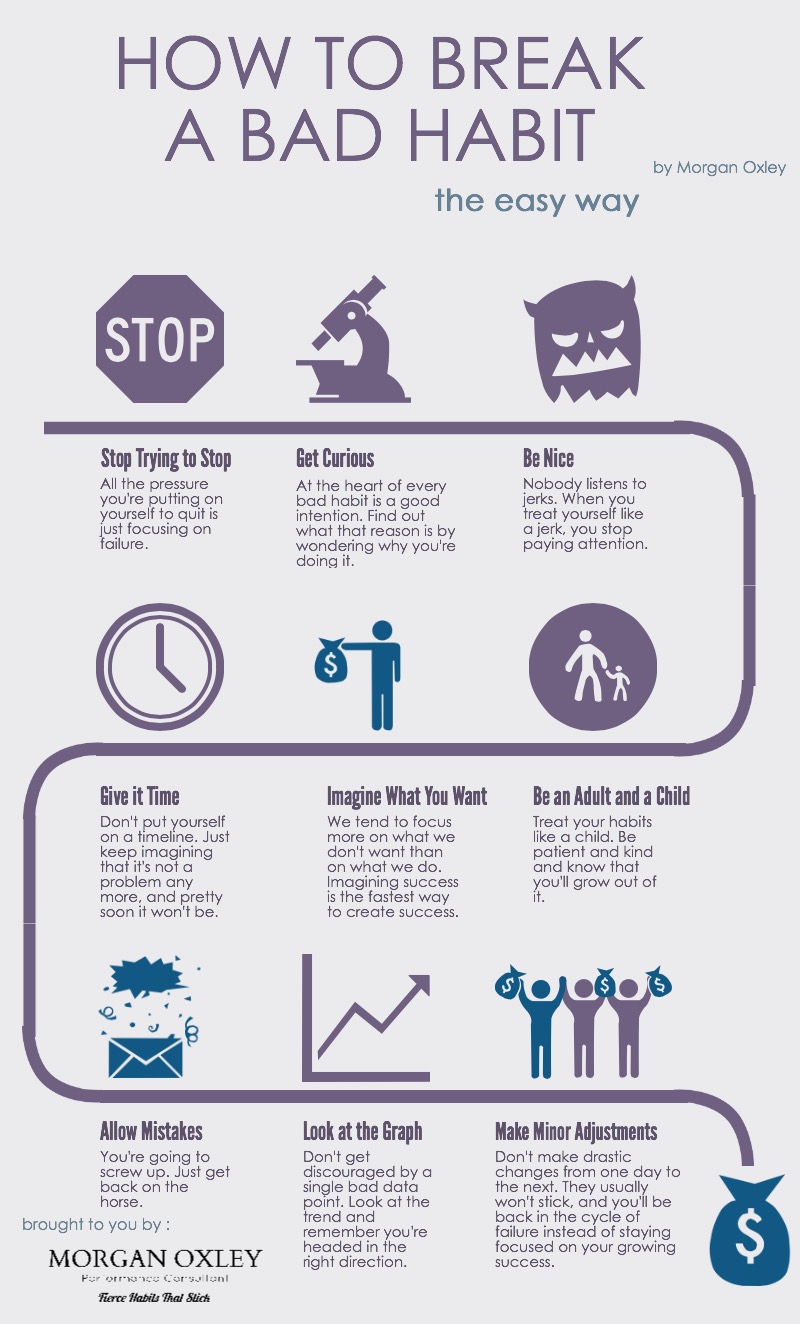
We all have them – those pesky habits we wish we could kick to the curb. Whether it's nail-biting, excessive snacking, or procrastinating, these ingrained behaviors can sabotage our goals and chip away at our self-esteem. This review dives deep into strategies and tools to help you break free from bad habits, focusing on practical, value-conscious solutions.
Understanding the Habit Loop
At the core of every habit lies the habit loop: cue, routine, and reward. Identifying your specific triggers (cues) is the first step to breaking the cycle. Once you recognize what sparks the unwanted behavior, you can begin to intervene.
Next, analyze the routine itself. What action are you performing? Finally, consider the reward. What feeling or benefit do you derive from the habit, even if it's short-lived?
Practical Strategies for Habit Change
Breaking a bad habit isn't about willpower alone. It's about strategically disrupting the habit loop and replacing the unwanted behavior with a healthier alternative.
- Cue Avoidance: Remove or minimize exposure to triggers. If social media scrolling is your vice, delete the apps from your phone.
- Routine Substitution: Replace the bad habit with a new, more desirable one. If you crave a sugary snack in the afternoon, try a piece of fruit or a handful of nuts.
- Reward Modification: Alter the reward associated with the bad habit. For example, if you bite your nails when stressed, try squeezing a stress ball instead.
Shortlist of Products for Habit Breaking
Here's a selection of products catering to different needs and budgets:
- For the Mindful Meditator (Budget-Friendly): Meditation apps like Headspace or Calm (free trials available, premium subscriptions offer more in-depth content).
- For the Fidgeter (Mid-Range): Fidget toys like the Stress Cube or Thinking Putty to redirect nervous energy.
- For the Tracking Enthusiast (Premium): A habit tracking app like Streaks or a dedicated habit journal.
Detailed Product Reviews
Headspace: Guided Meditation and Mindfulness
Headspace offers a user-friendly introduction to meditation. Its guided sessions are perfect for beginners, and the app's design is calming and intuitive. The free trial provides a solid foundation, but the full subscription unlocks a wealth of content for specific needs like stress, sleep, and focus.
Pros: Excellent guided meditations, beginner-friendly, visually appealing.
Cons: Subscription required for full access, can feel repetitive for experienced meditators.
Stress Cube: A Tactile Fidget Toy
The Stress Cube offers six different fidgeting options in one compact design. It's a discreet and portable way to redirect nervous energy. This is a simple, affordable tool for those who need tactile stimulation to manage anxiety or break habits like nail-biting.
Pros: Compact and portable, multiple fidgeting options, affordable.
Cons: Can be distracting to others if used excessively, build quality can vary.
Streaks: Habit Tracking App
Streaks is a minimalist app that helps you build and maintain good habits. Its simple interface and focus on consecutive days of achievement make it highly motivating. The app allows you to track up to twelve habits and provides visual feedback on your progress.
Pros: Simple and intuitive interface, visually motivating, customizable.
Cons: Lacks in-depth data analysis, requires manual input.
Side-by-Side Specs and Performance
| Product | Price | Ease of Use | Effectiveness | Portability |
|---|---|---|---|---|
| Headspace | Subscription-based | 5/5 | 4/5 | 5/5 |
| Stress Cube | $ | 5/5 | 3/5 | 5/5 |
| Streaks | $$ | 4/5 | 4/5 | 5/5 |
($ = Under $20, $$ = $20-$50, $$$ = Over $50)
Practical Considerations
Before investing in any product, consider your specific needs and triggers. Do you need help managing stress, redirecting nervous energy, or simply staying accountable? Some habits might require a multi-faceted approach, combining different strategies and tools.
Also, be realistic about your expectations. Breaking a bad habit takes time and effort. Be patient with yourself and celebrate small victories along the way.
Key Takeaways
Breaking free from bad habits is achievable with the right strategies and tools. Identify your triggers, substitute unwanted behaviors, and modify your rewards.
Consider the products reviewed, factoring in your individual needs and budget. Remember that consistency and self-compassion are key to long-term success.
Ready to Take Control?
Start your journey to a habit-free life today! Explore the recommended products and strategies, and commit to making a positive change. Don't let bad habits hold you back – you have the power to break free.
Frequently Asked Questions (FAQ)
Q: How long does it take to break a bad habit?
A: There's no magic number. It varies from person to person and depends on the complexity of the habit. However, studies suggest it can take anywhere from 18 to 254 days to form a new habit.
Q: What if I slip up and engage in the bad habit again?
A: Don't beat yourself up! Relapses are a normal part of the process. Simply acknowledge the slip-up, identify what triggered it, and recommit to your goals.
Q: Are habit tracking apps really effective?
A: For many people, yes! Visualizing your progress and seeing a streak of consecutive days can be highly motivating. However, the effectiveness depends on your individual preferences and how consistently you use the app.
Q: Can mindfulness meditation really help with bad habits?
A: Yes! Mindfulness meditation can increase your awareness of your thoughts and feelings, allowing you to identify triggers and resist impulsive behaviors. It also helps you manage stress, which can often be a major contributor to bad habits.
Q: I've tried everything, and nothing seems to work. What should I do?
A: Don't give up! Consider seeking professional help from a therapist or counselor. They can provide personalized guidance and support to help you break free from your bad habits.

